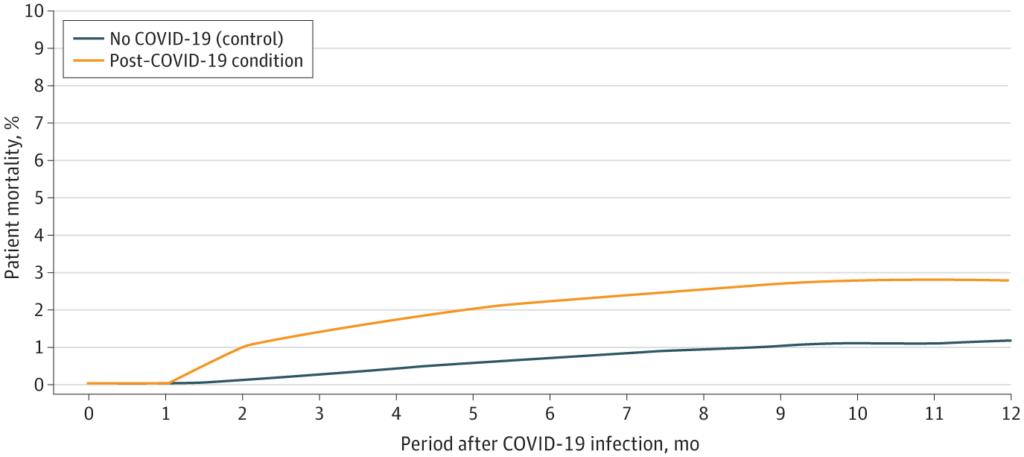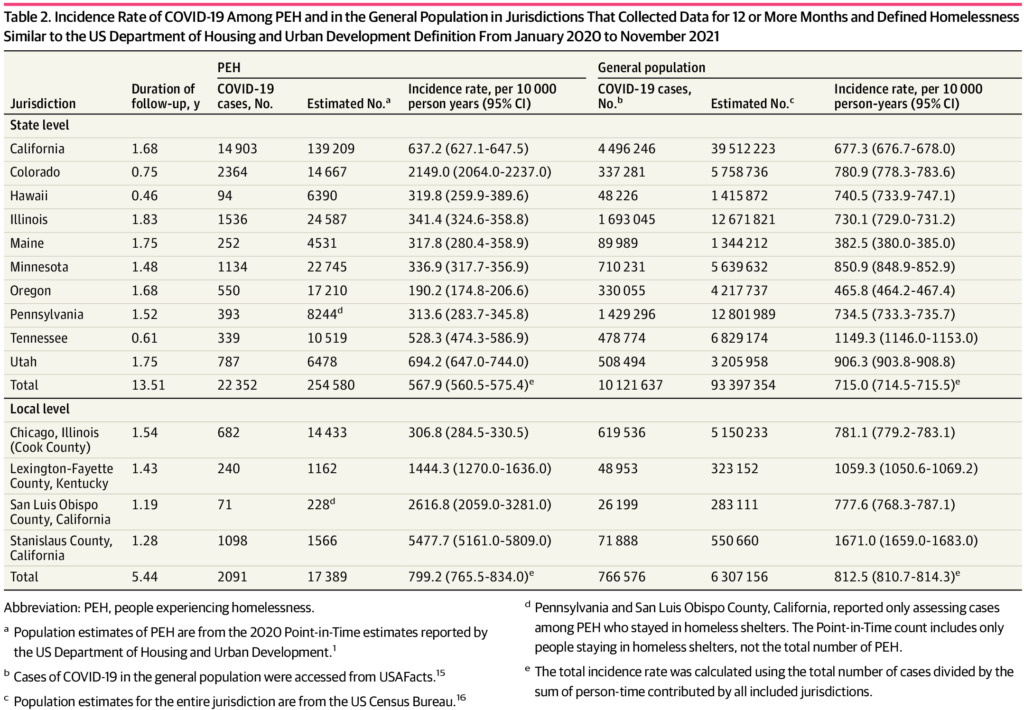Link: https://kelleyk.substack.com/p/covid-national-emergency-ends
Graphic:

Excerpt:
Biden signed H.J.Res. 7, which ended the national emergency for Covid. Both the text of the bill, and the corresponding press release from the White House are short and sweet. The White House recently said Biden “strongly opposes HJ Res 7,” but that he would sign the bill if it passed. It passed with bipartisan support in both the House.
One thing that is tied to the national emergency is an extension of COBRA deadlines for people who are out of work. These deadlines are extended during the “outbreak period” which ends 60 days after the end of the national emergency.
The DHS rules for vaccine mandates for foreign travelers at land border crossings from Canada and Mexico rely on the national emergency as their legal basis, so theoretically they will end with the national emergency. But there has been no official actions to lift those rules, and I suspect the White House expects this vaccine mandate to continue for at least another month. (See section on travel vaccine mandates further down for more details.)
Author(s): Kelly K
Publication Date: 11 April 2023
Publication Site: Check Your Work



